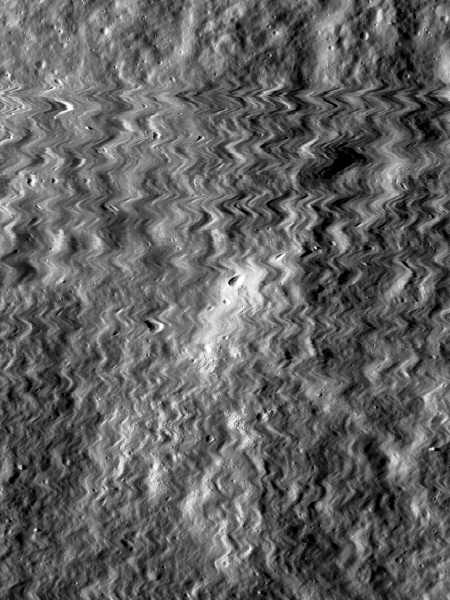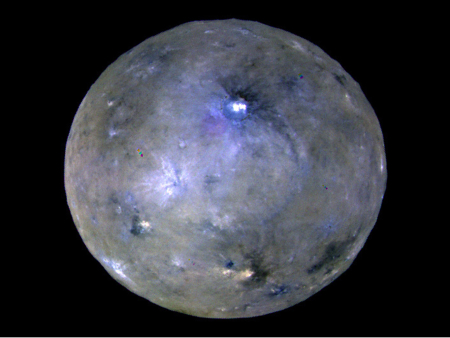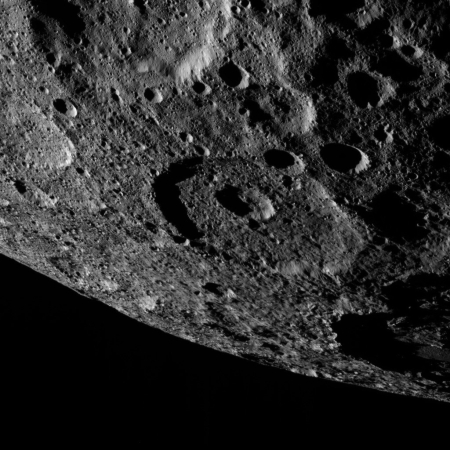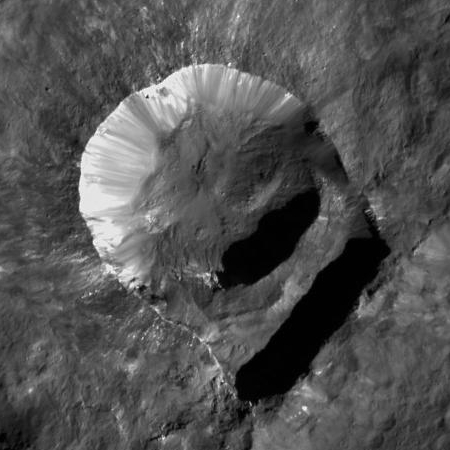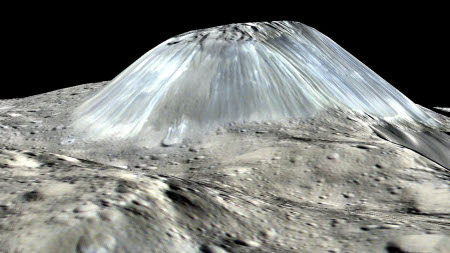MU69 is not round
New data about 2014 MU69, the Kuiper Belt object that New Horizons plans to fly past on January 1, 2019, suggests that it is either elongated or made of two objects almost touching.
Recent observations suggest that the rock is no more than 20 miles long, and its shape is not round or elliptical, like most space rocks. Instead, the icy body is either shaped like a stretched football, called an “extreme prolate spheroid,” or like two rocks joined together. That creates a rubber ducky shape similar to the comet that the European Space Agency landed on two years ago.
It’s even possible that the object is, in fact, two objects — like a pair of rocks that are orbiting around each other, or are so close that they’re touching. If 2014 MU69 does turn out to be two objects, then each one is probably between nine and 12 miles in diameter, according to the New Horizons team.
I predict that this object will be even weirder in shape that predicted. The low gravity in the Kuiper Belt almost guarantees it.
New data about 2014 MU69, the Kuiper Belt object that New Horizons plans to fly past on January 1, 2019, suggests that it is either elongated or made of two objects almost touching.
Recent observations suggest that the rock is no more than 20 miles long, and its shape is not round or elliptical, like most space rocks. Instead, the icy body is either shaped like a stretched football, called an “extreme prolate spheroid,” or like two rocks joined together. That creates a rubber ducky shape similar to the comet that the European Space Agency landed on two years ago.
It’s even possible that the object is, in fact, two objects — like a pair of rocks that are orbiting around each other, or are so close that they’re touching. If 2014 MU69 does turn out to be two objects, then each one is probably between nine and 12 miles in diameter, according to the New Horizons team.
I predict that this object will be even weirder in shape that predicted. The low gravity in the Kuiper Belt almost guarantees it.

